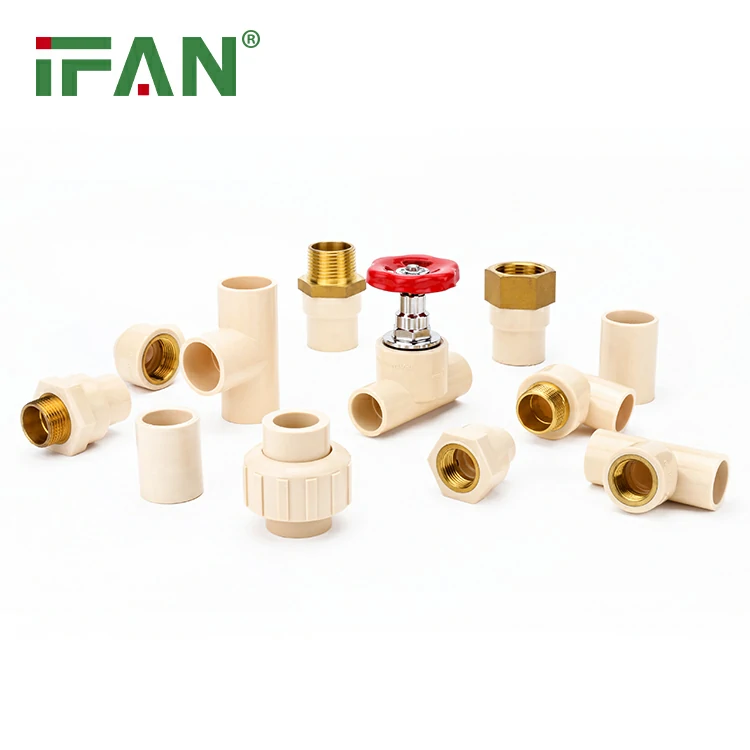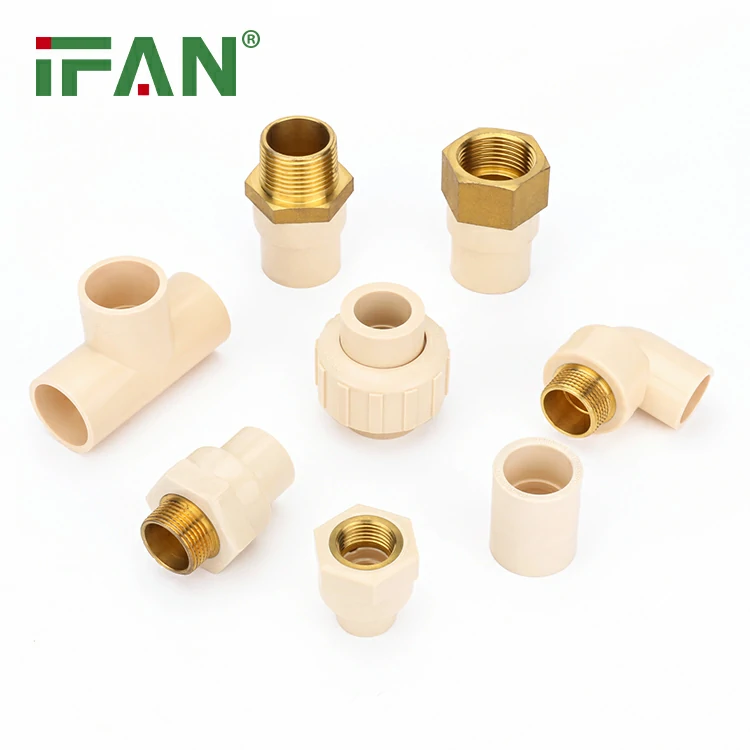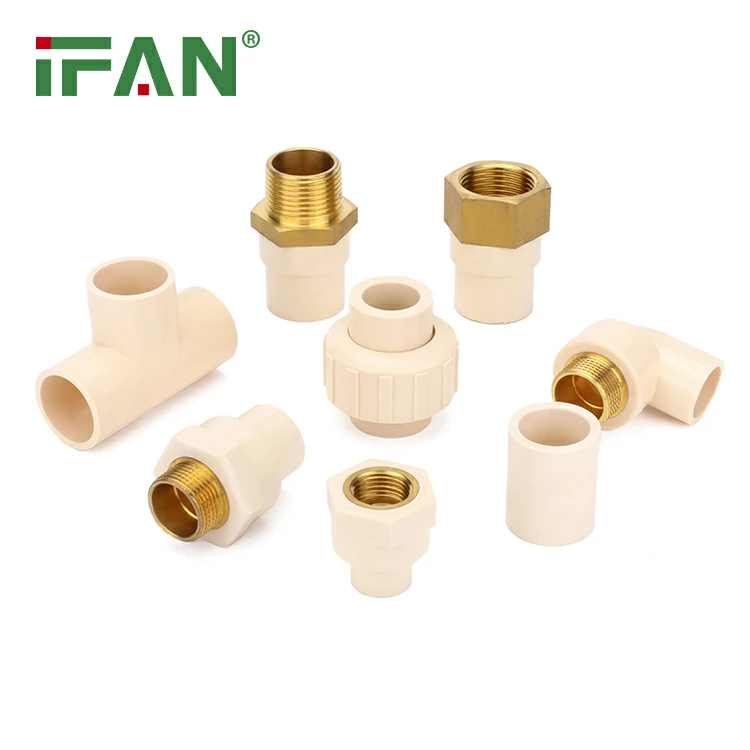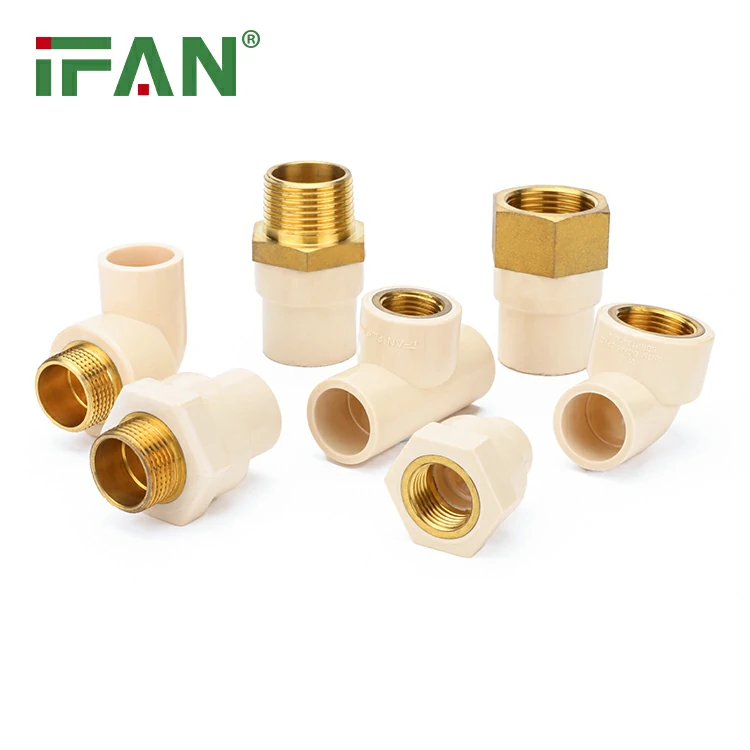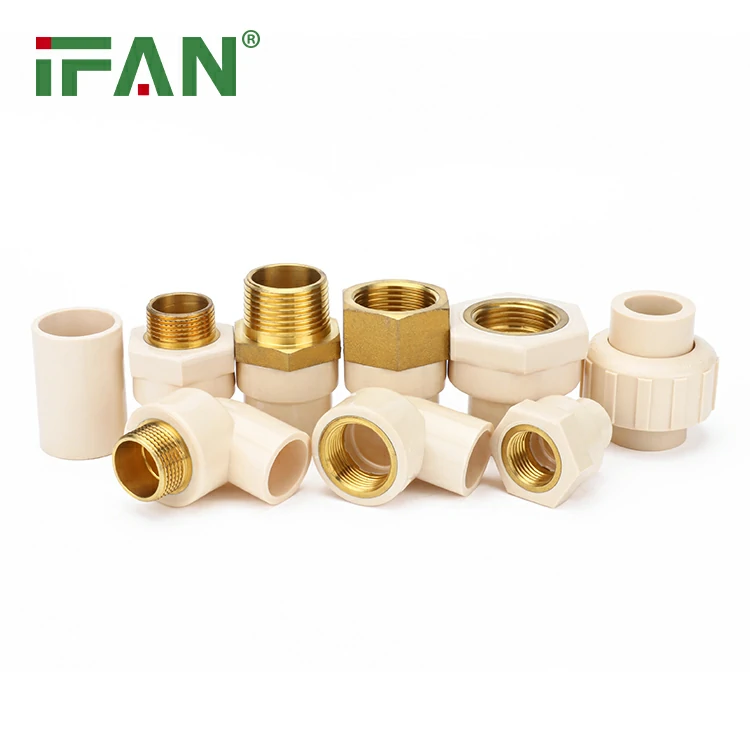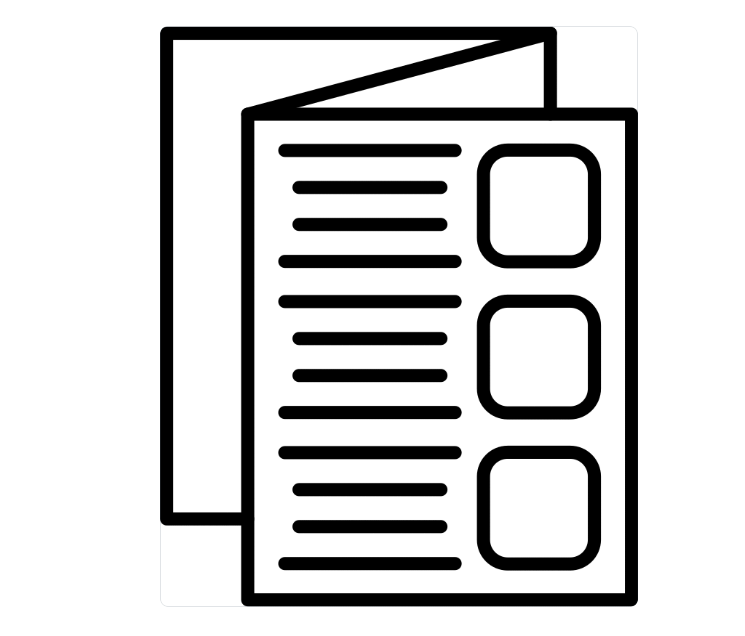IFAN 501 CPVC Pipe Fitting
Name: IFAN CPVC Pipe Fittings</strong>
Brand: IFAN
Category : Click Download
tyle=”font-size: 14pt; color: #000000;”>>Whatsapp : +86 19884503412</p>
Category : Click Download
Whatsapp : +86 19884503412
Wechat : 19884503412
Description
sUnderstanding CPVC Systems
CPVC Pipe Fitting is commonly used in residential and commercial water supply systems.
It is heat-resistant, corrosion-resistant, and ideal for both hot and cold water distribution.
However, leaks can develop if installation or system conditions are not properly controlled.
Knowing the causes helps prevent damage, water loss, and system failure.
Let’s explore the major reasons why a CPVC Pipe Fitting might leak.
Improper Solvent Cement Application
Solvent cement is used to chemically bond CPVC pipes and fittings.
If the cement is applied unevenly or insufficiently, the joint may weaken.
A CPVC Pipe Fitting requires a clean, fully primed, and properly glued surface.
Failing to twist and hold the joint while curing can result in voids and leakage.
Always follow manufacturer instructions during installation for consistent results.
Cutting and Preparation Mistakes
A crooked or rough pipe cut prevents proper fitting alignment.
This can create gaps that compromise the seal around the CPVC Pipe Fittings.
Burrs or debris left inside the pipe can also obstruct the bonding process.
Always cut the pipe square, deburr edges, and clean thoroughly with a dry cloth.
Good preparation is crucial for a secure, leak-free connection.
Using the Wrong Cement or Primer
Not all solvent cements are suitable for CPVC materials.
Using PVC or ABS cement on a CPVC Pipe Fitting may lead to bond failure.
Each plastic type requires a specific chemical formula for proper adhesion.
Also, skipping primer (if required) can weaken the connection and cause leaks.
Make sure your cement is CPVC-rated and compliant with system specifications.
Over-Tightening or Mechanical Stress
Excessive force on CPVC joints can cause cracking or weakening of the fitting.
A CPVC Pipe Fitting is rigid and not designed to flex under high torque.
Improper support or pressure from surrounding equipment can stress the joints.
Always use pipe clamps and hangers to relieve tension from the fitting itself.
Avoid forcing parts into alignment during assembly.
Thermal Expansion and Contraction
CPVC expands and contracts with temperature changes, especially in hot water systems.
Without proper expansion loops or offsets, stress builds at each CPVC Pipe Fitting.
Over time, this can cause joint failure or cracking under repeated thermal cycling.
To reduce the risk, install flexible sections or expansion joints where needed.
Use manufacturer-recommended spacing and support for thermal movement.
Age and Material Degradation
Even though CPVC is durable, it can degrade over many years.
Old CPVC Pipe Fitting joints may become brittle, especially in UV-exposed environments.
Harsh water chemistry, such as high chlorine levels, may also accelerate material breakdown.
Inspect older systems for signs of discoloration, cracking, or weeping.
Replacement of old fittings may be necessary for long-term reliability.
Diagnosing and Fixing Leaks
To fix a leaking CPVC Pipe Fitting, first shut off the water supply.
Dry the area and identify the exact source of the leak.
Small leaks might be patched temporarily, but permanent repair usually requires cutting and re-gluing.
Use new, properly prepared pipe and a fresh CPVC fitting with correct cement.
Test for leaks by restoring water pressure and monitoring the joint closely.
Conclusion
Leaking CPVC Pipe Fittings can result from poor installation, stress, or aging.
By understanding the causes and applying proper techniques, long-lasting leak-free systems are achievable.
Regular inspection and adherence to installation standards ensure safe and efficient plumbing performance.
相关产品
- PVC Pipe & Fittings
Beige CPVC Seated Female Socket
- PVC Pipe & Fittings
Beige CPVC End Cap
- PVC Pipe & Fittings
Beige CPVC Reduce Tee
- PVC Pipe & Fittings
Beige CPVC Elbow
HAVE ANY QUERIES? SEND TO CONTACTOANTSMACHINE.COM
ONTACT US

